Discovering the Unique Wildlife of Ash Meadows National Wildlife Refuge
Ash Meadows National Wildlife Refuge, a globally significant biodiversity hotspot, is a remarkable testament to nature’s resilience. Managed by the U.S. Fish and Wildlife Service, this oasis in the Mojave Desert is home to an astonishing array of species, many of which are found nowhere else on Earth.
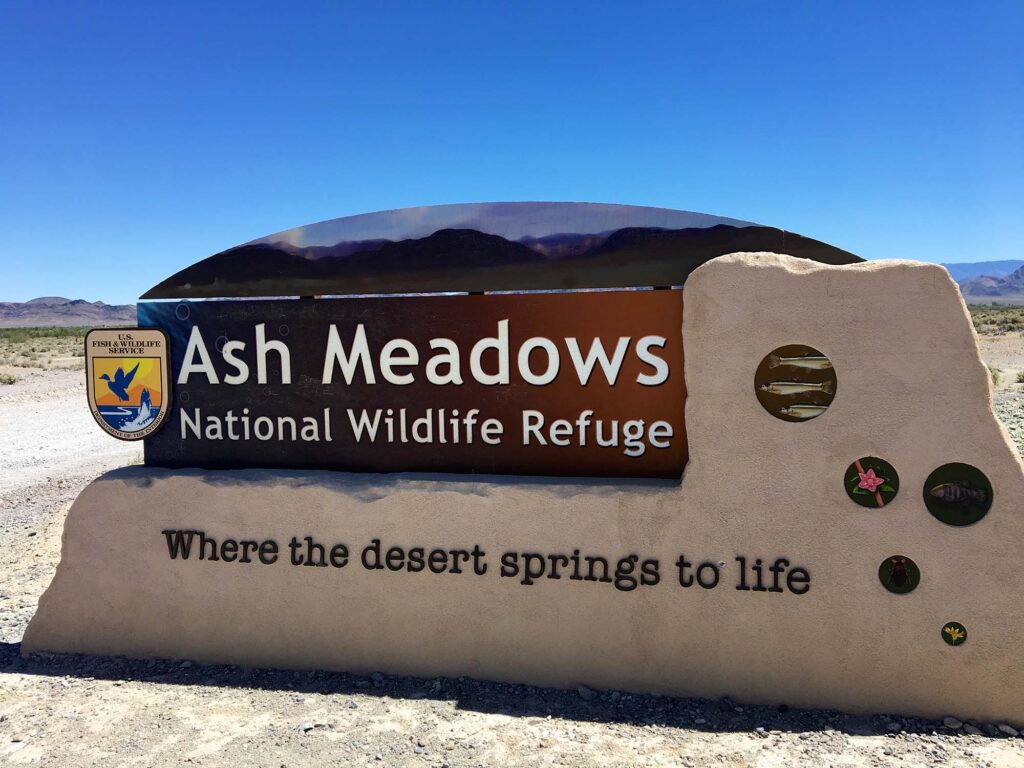
A Refuge for Endangered and Endemic Species
Ash Meadows stands out for its extraordinary range of endemic species – animals and plants found nowhere else in the world. One of the most iconic residents is the Ash Meadows Amargosa pupfish. These small, iridescent blue fish have adapted to the warm waters of the refuge’s springs and are a symbol of survival in harsh conditions. Bird enthusiasts will also find Ash Meadows a paradise, with over 275 recorded bird species, including the rare Southwestern Willow Flycatcher.
With 12 threatened and endangered species and 26 endemic species, Ash Meadows is a critical sanctuary for conservation. The refuge’s diverse habitats, ranging from dune fields to alkali seeps, support an array of unique flora and fauna.
An Oasis in the Desert
The refuge has over 50 springs and seeps, making it the most significant remaining oasis in the Mojave Desert. These springs are a lifeline in the arid landscape, supporting the refuge’s diverse ecosystems. The water, clear and cool, emerges from an extensive underground aquifer system, feeding into pools and streams that starkly contrast the surrounding desert sands.
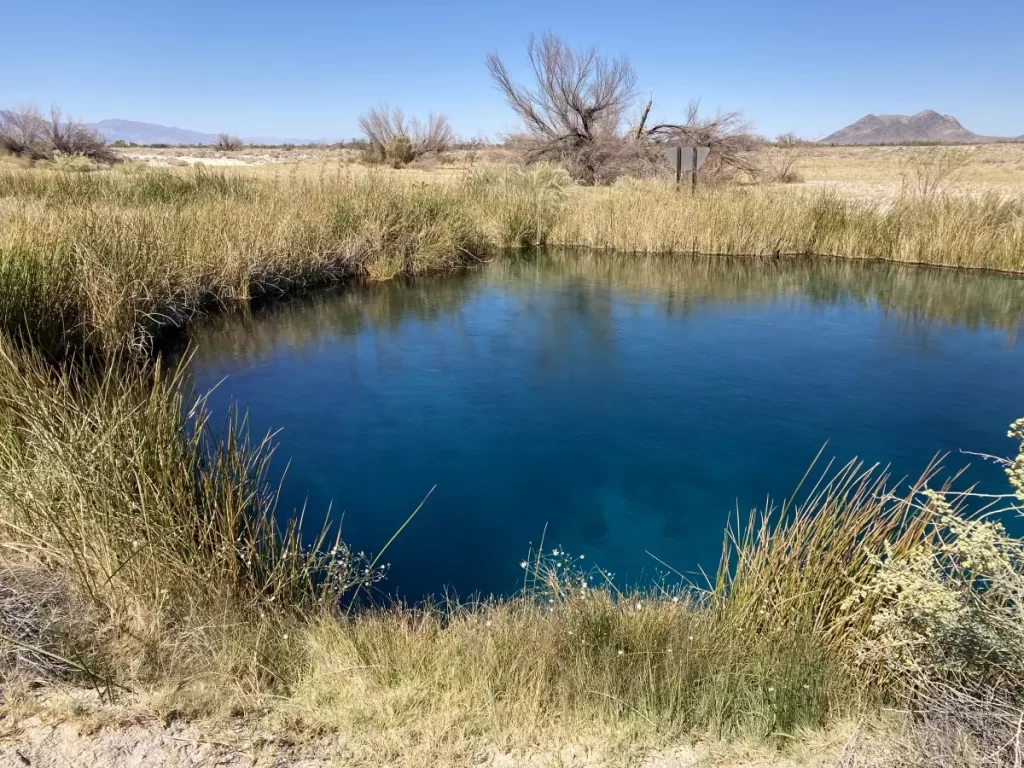
Devils Hole: A Mysterious Underwater Realm
Among the many springs, Devils Hole deserves special mention. This deep, water-filled limestone cavern is a geological wonder and the exclusive home of the Devil’s Hole pupfish. This tiny, isolated population has fascinated scientists and conservationists, highlighting the delicate balance of desert aquatic environments. Learn more about Devils Hole.
Iconic Inhabitants of the Springs and Seeps
The Ash Meadows Amargosa pupfish, named for their playful behavior reminiscent of puppies, are a highlight of the refuge. These adaptable fish are endemic to the springs and marsh habitats of Ash Meadows, thriving in various aquatic environments. Alongside these vibrant fish, visitors with a keen eye may spot the Ash Meadows speckled dace and the aquatic Ash Meadows naucorid bug, which are integral to the ecosystem’s balance.
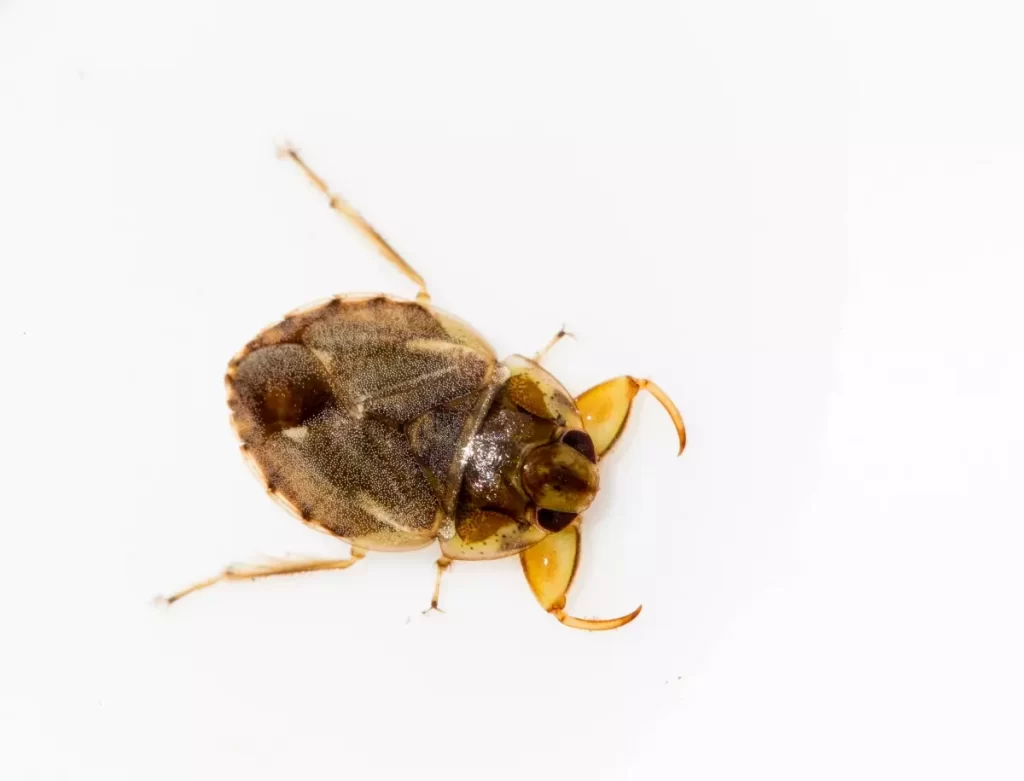
The Importance of Ash Meadows
Ash Meadows is more than just a refuge for wildlife; it’s a conservation success story. Efforts by the U.S. Fish and Wildlife Service and various conservation groups have helped restore and protect this unique ecosystem. Visitors to the refuge can witness conservation in action, understanding the importance of preserving such unique habitats.
A Conservation Success Story: Ash Meadows is a critical habitat for relict species of desert fish that have survived since the Pleistocene era.
A Ramsar Site: As a significant wetland, the refuge plays a vital role in global biodiversity.
Fossil Water Ecosystems: The spring systems here are fed by ancient fossil water from the last ice age, creating a unique ecological environment.
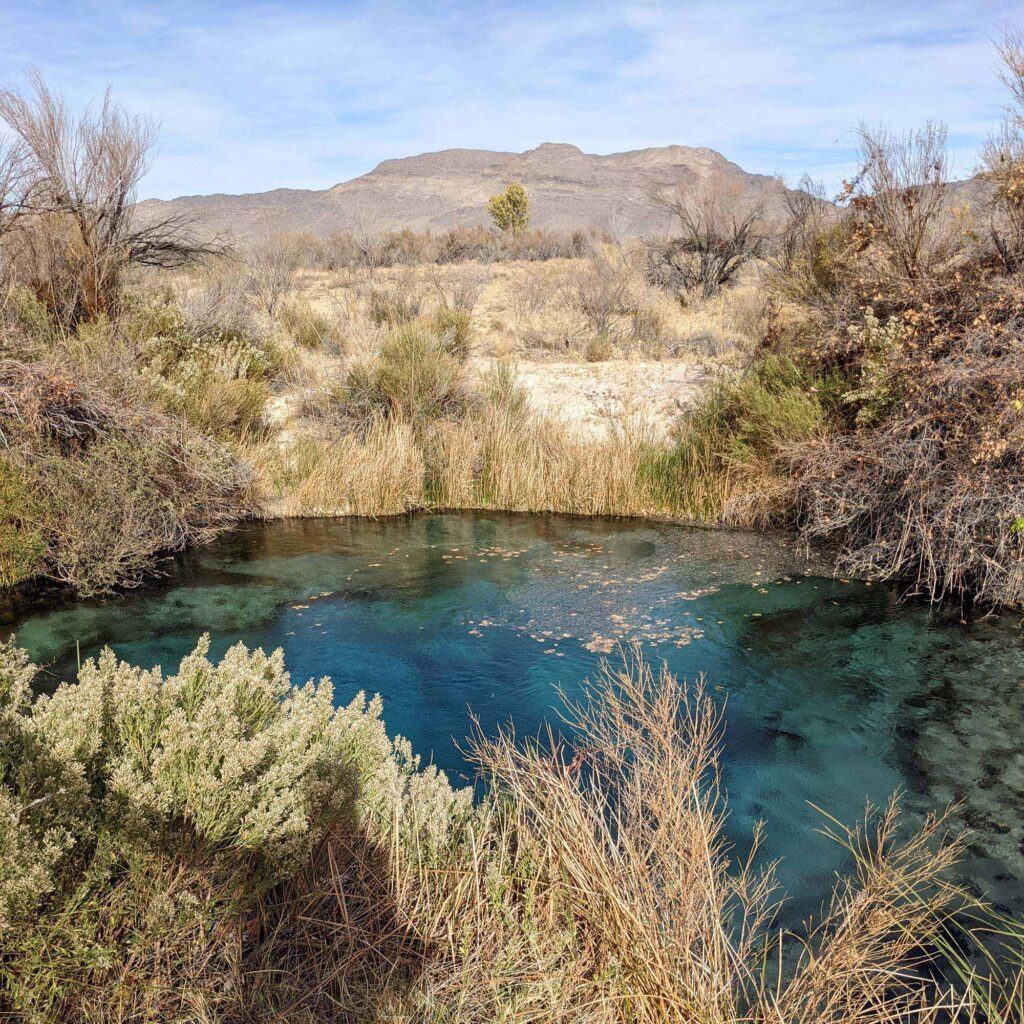
Endangered and Threatened Species of Ash Meadows
Fish: The refuge is home to the endangered Devils Hole pupfish, Warm Springs pupfish, and the endangered Ash Meadows Amargosa pupfish and speckled dace.
Insects and Snails: Species like the Devils Hole warm spring riffle beetle and various endemic snails like Pyrgulopsis erythropoma showcase the refuge’s invertebrate diversity.
Plants: Numerous plant species, including the Amargosa Niterwort and Ash Meadows ivesia, are threatened but find sanctuary in Ash Meadows.
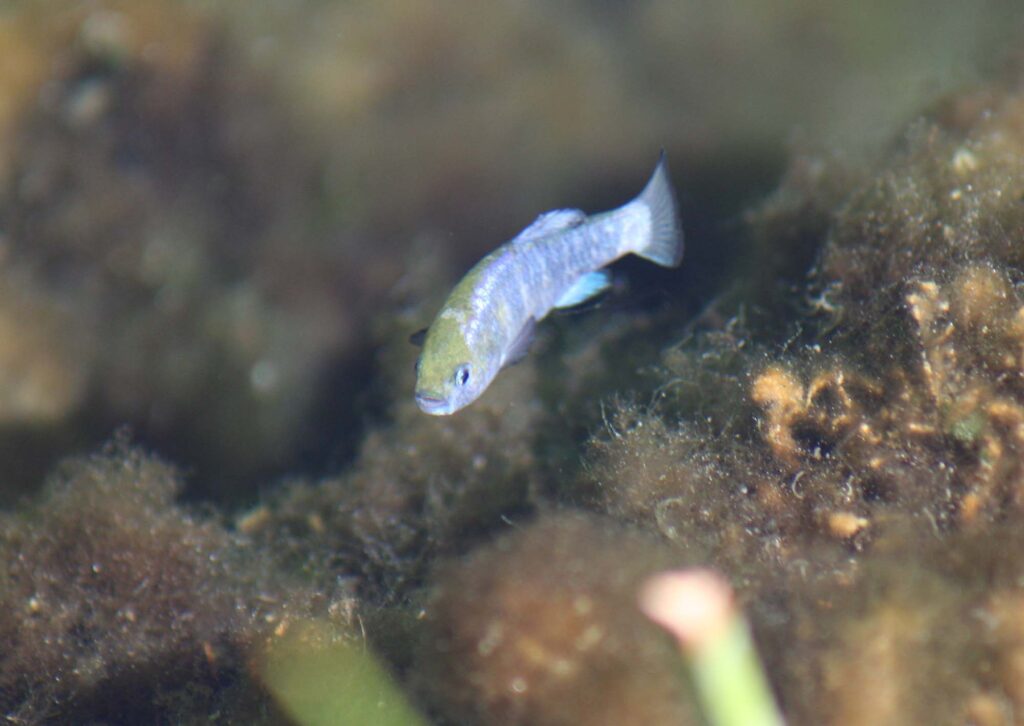
Unique Plants of Ash Meadows NWR
The botanical diversity is equally impressive. The Ash Meadows sunray, a threatened perennial herb with long, wiry stems, grows exclusively in this refuge. Other notable plants include the Ash Meadows Milk-vetch and the Ash Meadows Blazing Star, categorized as threatened and contributing to the refuge’s status as a conservation priority.
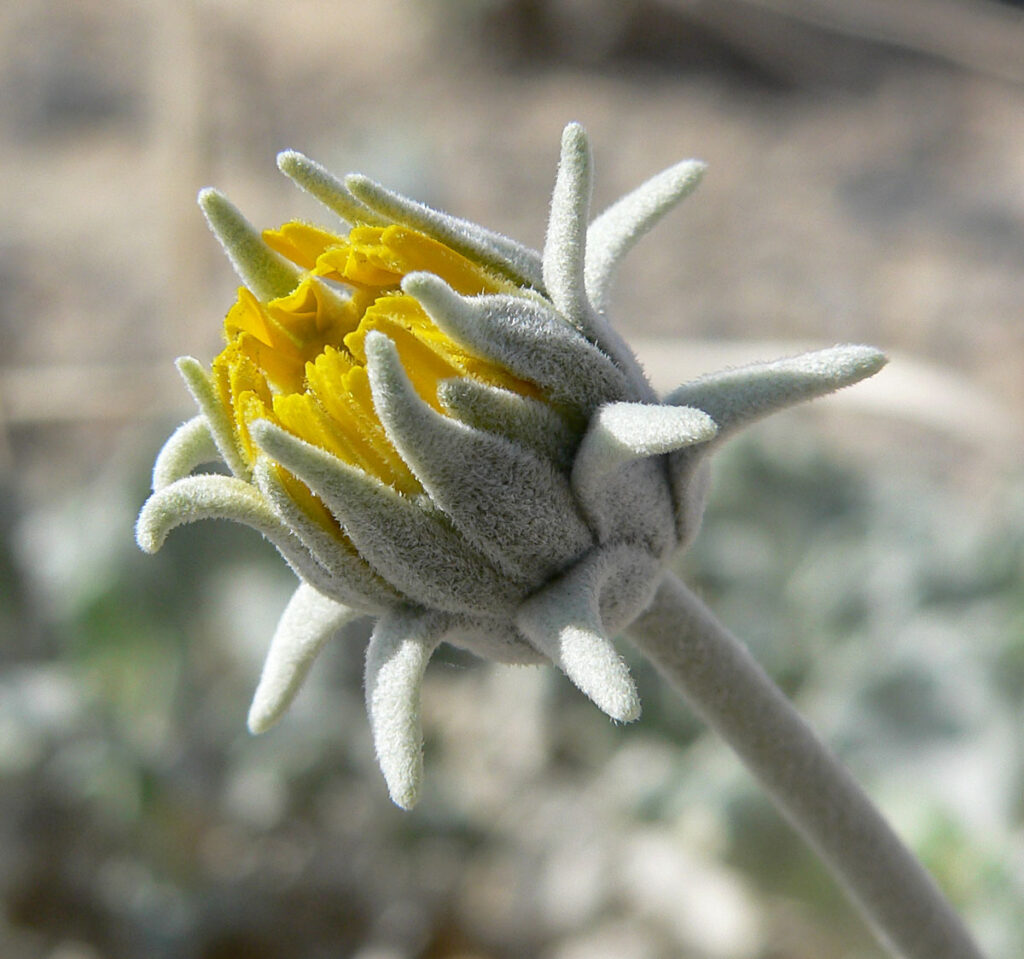
Visit and Discover
For those planning a visit, Ash Meadows offers a range of activities. You can walk the boardwalks that wind through the wetlands, offering close-up views of the springs and wildlife. The visitor center provides insightful exhibits on the area’s natural and cultural history, making it a perfect starting point for your exploration.
A Place to Unwind and Connect with Nature
Ash Meadows is more than a conservation area; it’s a destination for families and nature enthusiasts. The presence of species like bighorn sheep, phainopepla, and various lizards, including the chuckwalla, adds to the allure of this extraordinary location. It’s a place where visitors can immerse themselves in the beauty of nature and witness the delicate balance of a unique ecosystem.
Ash Meadows National Wildlife Refuge stands as a shining example of successful conservation efforts and the importance of protecting natural habitats. Its unique blend of endemic and endangered species, rich history, and ecological significance make it a must-visit destination for anyone interested in the wonders of the natural world.
Related Articles
Ash Meadows Wildlife Refuge Information